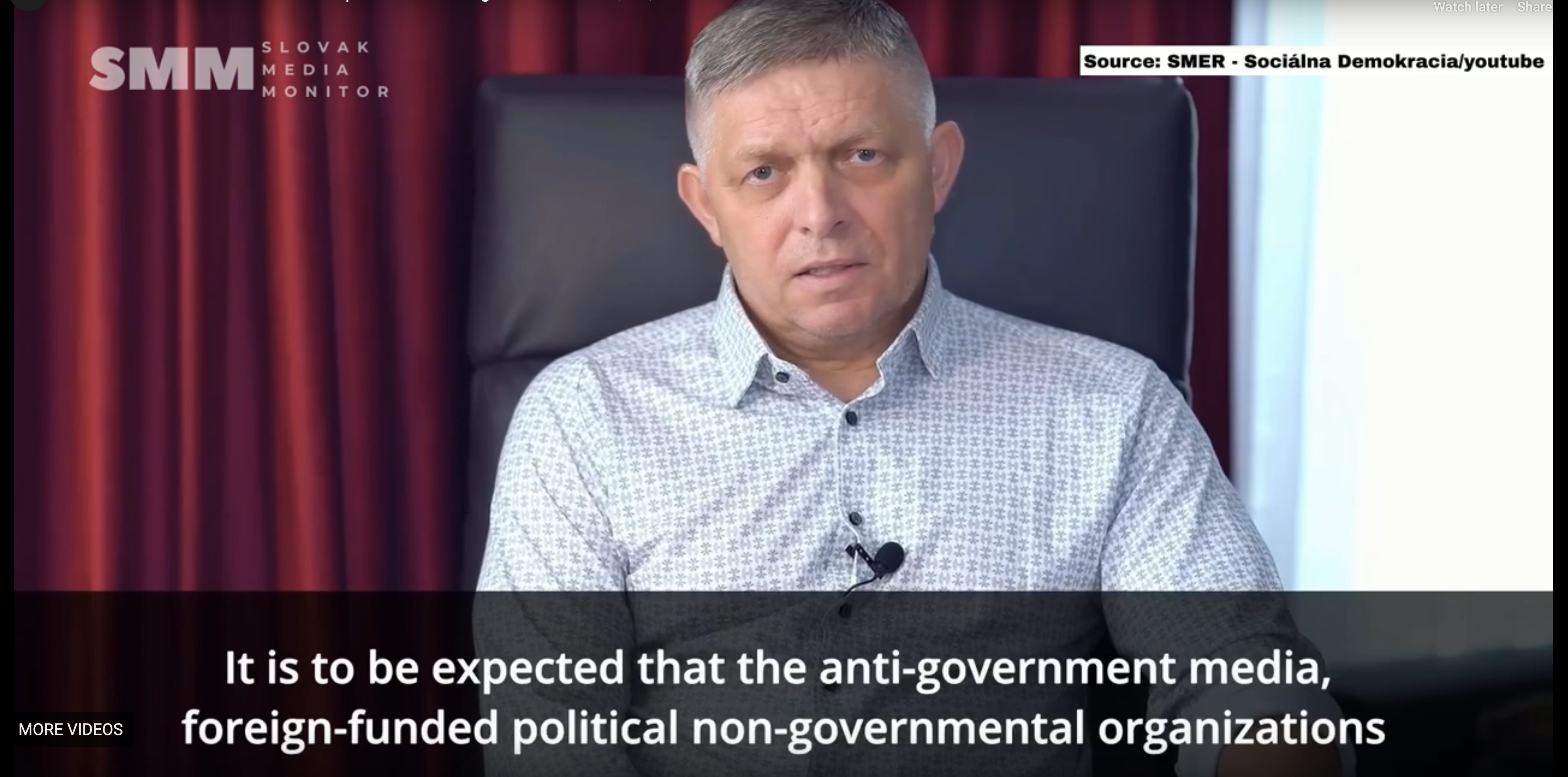An investigative journalist, Xénia Makarová, has been subjected to a wave of online harassment after publishing an exposé on a government contract, drawing attention to the misuse of social media by political figures to incite hostility.
Confrontation Over Investigative Reporting
In early October, Xénia Makarová, a journalist affiliated with the Ján Kuciak Investigative Centre, published a report scrutinising a government contract awarded to a company linked to oligarch Norbert Bödör. Soon after, Juraj Gedra, the head of the government office, arrived unannounced at the anti-corruption foundation’s headquarters to confront Makarová. The meeting, initially perceived as a discussion, quickly escalated, with Gedra questioning the journalist’s credibility and accusing her of inaccuracies. Makarová’s attempt to address his criticisms was reportedly interrupted by Gedra’s continuous questioning.
The altercation was recorded and later edited into a video, which Gedra shared across social media channels. In his accompanying post, Gedra accused “liberal media” of bias and deceit. This video subsequently became a catalyst for online hostility against Makarová, as the content was widely disseminated by supporters and through paid advertisements by the political party SMER-SSD, aimed at amplifying the post’s reach.
Public Response and Social Media Analysis
An analysis by the Ján Kuciak Investigative Centre of comments under Gedra’s video revealed overwhelming negativity. Of approximately 1,400 comments, 60.8% were negative, while only 1.2% supported the journalist’s investigation. Neutral comments constituted 38% of the responses, underscoring the polarised reaction to Gedra’s post.
Threatening and Aggressive Responses
The extent of hostility included direct threats; 105 comments contained implicit or explicit threats, reflecting a concerning escalation in the nature of online interactions towards journalists. This finding underlines the risks faced by investigative reporters in Slovakia, particularly when critical of government figures or processes.
Similarly, a notable portion of the comments (678) contained direct attacks, whether verbal abuse or disparagement of Makarová’s work and character. These figures illustrate the depth of animosity mobilised through the targeted social media campaign by Gedra and SMER-SSD.
The Role of Social Media Amplification
The video, first posted on Gedra’s Facebook page, rapidly spread to the SMER-SSD party’s official platforms, amassing substantial engagement. Within minutes, it was also shared on other popular platforms, including Telegram, TikTok, and Instagram, significantly boosting its reach. SMER-SSD bolstered its visibility through two rounds of Facebook advertisements, targeting a wide audience. This deliberate investment in amplifying negative content highlights the party’s intent to drive engagement on narratives that paint investigative journalism as biased or politically motivated.
According to expert Tomáš Kriššák, this approach demonstrates how “paid advertisements increase the impact of disinformation campaigns by allowing targeted messages that resonate with specific, susceptible demographics.” Through such strategies, manipulators can foster public perceptions that align with their agendas, thereby shaping opinions on politically sensitive issues.
Repercussions for Makarová and Press Freedom Concerns
The campaign against Makarová has resulted in an influx of direct threats to her safety. Following these developments, the anti-corruption foundation reported receiving threats of extreme violence, prompting them to file a criminal complaint. However, responses from authorities have so far been slow and relegated to local police units, raising concerns over the protection of journalists in Slovakia.
This incident has drawn the attention of international bodies concerned with press freedom. Through the Safe Journalism platform, the incident has been reported to the Media Freedom Rapid Response (MFRR) and the Council of Europe’s platform for the protection of journalists. These organisations stress that actions targeting journalists threaten democracy, as they aim to intimidate and suppress independent reporting.
A Growing Pattern of Hostility Against Journalists
The Ján Kuciak Investigative Centre has previously highlighted similar cases of intimidation against journalists, noting a pattern among certain political figures of using social media to instigate hate campaigns. Past examples include incidents involving the journalist Marta Jančkárová and political attacks spearheaded by SMER’s Ľuboš Blaha.
Makarová’s experience sheds light on the broader trend in Slovakia where journalists face hostile campaigns for holding government officials accountable. Support for Makarová, however, emerged alongside the criticism, with many individuals publicly endorsing her work and expressing solidarity.
Implications for Media Freedom and Democracy
The European Media Freedom Act and recommendations by the European Commission emphasise the need to protect journalists from attacks that undermine democracy. The use of social media by government figures to incite hostility towards journalists not only risks the safety of individuals but also erodes the principles of free speech and transparency.
Through its monitoring, the Ján Kuciak Investigative Centre continues to document these cases, raising awareness of the misuse of political influence to silence independent media. As Slovakia faces increasing scrutiny on its media freedom record, international observers remain vigilant in supporting democratic principles and the protection of journalists.
Source: Karolína Farská | icjk.sk







